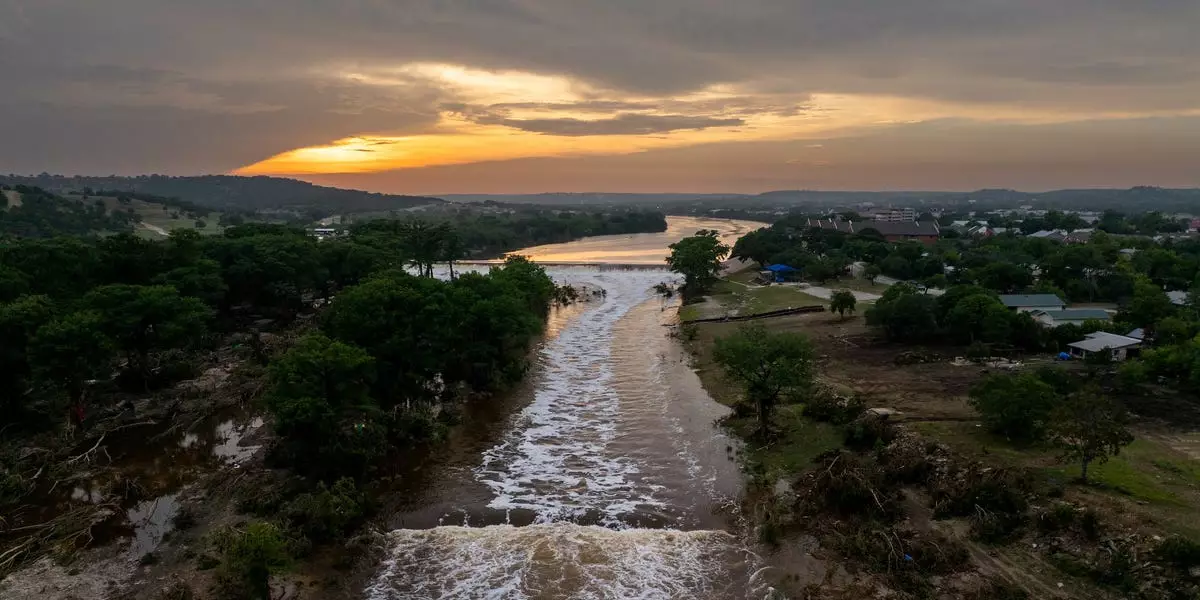The catastrophic flooding in Texas Hill Country has profoundly shaken the community, reminding us of nature’s unpredictable fury and society’s often insufficient preparedness strategies. When 26 feet of rising water inundated the Guadalupe River in just 45 minutes, it exposed a glaring vulnerability—scores of residents and visitors found themselves caught off guard, unable to react swiftly. This disaster starkly underscores how critical advanced alert systems and proactive evacuation planning are, especially in an era where climate change is intensifying the frequency and severity of extreme weather events. Yet, it also reveals that our infrastructure, technology, and safety protocols are lagging behind the urgency demanded by such natural disasters. The tragic death of children, including those at the historically significant Camp Mystic, illuminates how lapses in early warning dissemination can cost innocent lives. Our society needs to confront whether complacency or bureaucratic inertia have dulled our collective readiness for such calamities—because too often, tragic lessons follow devastating losses rather than proactive prevention.
Personal Courage and Community Resilience Amidst Tragedy
The horrifying toll, claiming at least 88 lives—including 28 children—serves as a somber testament to human vulnerability but also ignites a call for resilience and heroism. The heartbreaking narrative of Camp Mystic, a nearly century-old sanctuary beloved by political families and local residents alike, encapsulates both the community’s deep roots and its capacity for courage. The camp’s director, Dick Eastland, who tragically lost his life trying to save campers, embodies a profound form of bravery—a reminder that human compassion and self-sacrifice often emerge brightest during times of crisis. Such stories should energize societal reflection on how to cultivate a culture that recognizes, supports, and elevates the heroic efforts of first responders and ordinary citizens alike. Their unwavering determination in the face of chaos is a powerful lesson: even amidst despair, collective action rooted in compassion can forge a path towards recovery and healing.
Reflections on Accountability and Systemic Change
Responsibility for preventing future tragedies extends beyond individual heroism; it warrants a critical examination of systemic shortcomings. Political leaders and emergency agencies are now under intense scrutiny for their preparedness and response strategies. The delayed alerts and inadequate communication channels point to a failure that arguably cost lives. The community’s grief is compounded by questions about whether existing infrastructure and communication systems are sufficient to warn residents of flash floods in real time. Moving forward, adopting state-of-the-art weather forecasting technology, investing in community alert systems, and revising evacuation plans must become priorities. Such systemic reforms are essential; without them, similar disasters will inevitably recur, each time claiming more lives and exacerbating community trauma. Leaders must recognize that investing in resilience isn’t just a matter of policy but a moral obligation to safeguard the future of vulnerable communities.
Mobilizing Support and Cultivating Hope in the Aftermath
While tragedy often breeds despair, it also has the power to catalyze collective action and compassion. Numerous organizations have mobilized to fill the immediate relief needs and lay foundations for longer-term recovery. From the Red Cross providing shelters and mental health services to volunteer search-and-rescue efforts, the community’s response is a testament to human solidarity. These actions demonstrate that recovery extends beyond physical rebuilding—restoring emotional well-being and community cohesion is equally paramount. The involvement of renowned organizations, such as José Andrés’ disaster relief initiative and local nonprofits, underscores the importance of coordinated efforts that leverage resources, expertise, and compassion. These acts of service exemplify resilience in action, transforming grief into a rallying cry for structural change, preparedness, and hope. As the community rebuilds, fostering a collective sense of strength and purpose will be crucial—reminding everyone that even in the depths of tragedy, humanity’s capacity for kindness and resilience can shine brightest.

